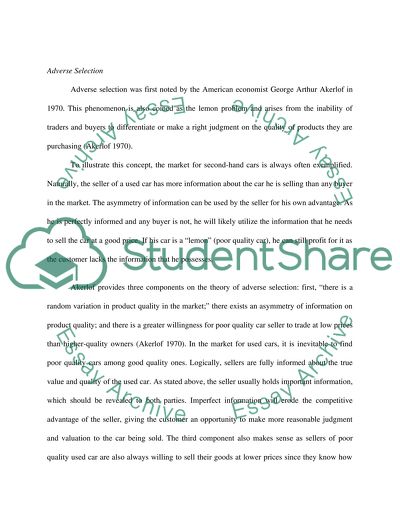Cite this document
(“Adverse Selection in the Health Insurance Industry Essay”, n.d.)
Retrieved from https://studentshare.org/health-sciences-medicine/1534144-adverse-selection-in-the-health-insurance-industry
Retrieved from https://studentshare.org/health-sciences-medicine/1534144-adverse-selection-in-the-health-insurance-industry
(Adverse Selection in the Health Insurance Industry Essay)
https://studentshare.org/health-sciences-medicine/1534144-adverse-selection-in-the-health-insurance-industry.
https://studentshare.org/health-sciences-medicine/1534144-adverse-selection-in-the-health-insurance-industry.
“Adverse Selection in the Health Insurance Industry Essay”, n.d. https://studentshare.org/health-sciences-medicine/1534144-adverse-selection-in-the-health-insurance-industry.


